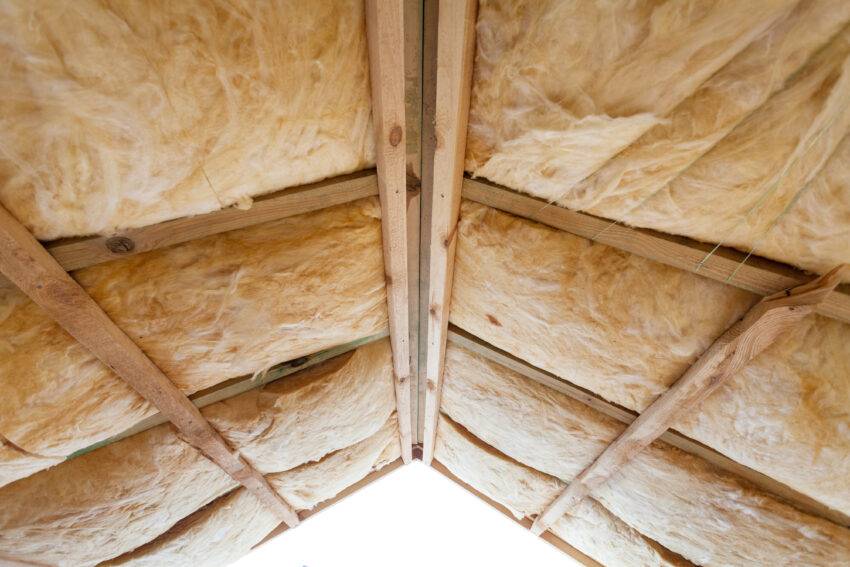The search for effective home insulation is an evolving journey. It’s not just about keeping your house warm in winter and cool in summer, but also about efficiency, sustainability, and comfort.
In this exploration, we look into advanced materials that push the boundaries of traditional insulation solutions.
The Evolution of Home Insulation
The journey of home insulation is a tale of innovation and adaptation. From rudimentary beginnings, where straw and mud played pivotal roles, we have progressed to sophisticated, high-performance materials.
- Early Insulation Practices: Historically, insulation was basic, utilising whatever materials were at hand. Traditional homes might have used straw, mud, or even thick walls of stone to provide rudimentary insulation.
- The Shift to Modern Materials: With the industrial revolution, materials like fibreglass and foam came into play. These materials offered better insulation properties and were easier to install and maintain.
- Regulations and Energy Awareness: As awareness about energy efficiency and environmental impact grew, so did regulations. This pushed for more advanced insulation solutions, focusing on both performance and sustainability.
Thermal Insulation – A Game Changer
has dramatically reshaped our approach to home insulation. Its ability to minimise heat transfer transforms how homes retain heat or stay cool, with far-reaching implications.
- Understanding Heat Transfer: Heat moves in three ways – conduction, convection, and radiation. Effective thermal insulation tackles all these pathways, keeping indoor environments more stable.
- Materials and Technologies: Today’s thermal insulation materials range from advanced fibreglass compositions to polystyrene and polyurethane foams. Each offers unique benefits, such as moisture resistance or fire retardancy.
- Environmental and Economic Impact: By reducing the need for heating and cooling, these materials significantly cut energy costs and environmental footprints. Homes become less reliant on external energy sources, fostering a sustainable living model.
Rockwool – The Natural Insulator
Rockwool stands out in the realm of insulation for its versatility and environmental friendliness. Made from natural stone fibres, it is a testament to how natural materials can be harnessed for modern needs.
- Origin and Composition: Rockwool is created by melting basalt rock and spinning it into fine fibres. This process results in a material that is durable, fire-resistant, and capable of providing excellent insulation.
- Multifaceted Benefits: The benefits of rockwool go beyond just insulation.
- Fire Resistance: It can withstand temperatures above 1000°C, making it a safe choice for insulation.
- Soundproofing Qualities: Its dense structure is effective in reducing noise, a boon for urban living.
- Moisture and Mould Resistance: Unlike some insulative materials, Rockwool does not absorb water, preventing mould growth and maintaining its insulative properties.
- Sustainability Factor: As a natural material, Rockwool is environmentally friendly. It is also recyclable, reducing its overall ecological footprint.
The Impact of Insulation on Energy Efficiency
The role of insulation in enhancing a home’s energy efficiency is pivotal. It’s not just about comfort; it’s a key factor in reducing energy consumption and, consequently, the environmental footprint.
- Reduced Energy Demand: Proper insulation significantly cuts down the need for heating and cooling. This leads to less energy consumption, which not only lowers utility bills but also reduces the strain on power grids.
- The Environmental Angle: By consuming less energy, insulated homes contribute to lower carbon emissions. This is crucial in the fight against climate change, as residential energy use is a significant contributor to global greenhouse gas emissions.
- Long-Term Benefits: Effective insulation isn’t just a short-term fix. It ensures long-term energy efficiency, making homes more sustainable and less impacted by fluctuating energy prices.
Future Trends in Insulation Materials
As we look forward, the domain of insulation is brimming with innovative possibilities. The future holds materials and technologies that promise even greater efficiency and adaptability.
- Emerging Materials: New materials like aerogels offer unparalleled insulative properties in a fraction of the thickness of traditional materials. Similarly, phase-changing materials (PCMs) absorb and release heat, thereby regulating indoor temperatures more effectively.
- Smart Insulation: The integration of technology into insulation materials is on the rise. Imagine insulation that adjusts its properties based on external weather conditions or internal temperature demands.
- Eco-Friendly Focus: The trend towards sustainability is pushing the development of eco-friendly insulation materials. Recycled materials, bio-based foams, and materials with lower production footprints are gaining traction.
- Addressing Broader Needs: Future insulation materials are not just about thermal efficiency. They’re being designed to tackle multiple challenges, including soundproofing, air quality improvement, and even health benefits by reducing allergens and toxins.
Embrace these advanced solutions and join the movement towards a more energy-efficient future. Contact Galaxy Insulation today to explore the best options for your home. Let’s take the first step together towards a greener, more comfortable living space.
Author Bio:
Cinthia Rosa
As an Insulation Expert at Galaxy Insulation and Dry Lining, UK, Cinthia’s contribution to the company’s growth has been invaluable. She has amassed abundant knowledge and technical know-how regarding insulation products, which she consistently shares with the masses through engaging and informative blogs.
https://www.linkedin.com/company/galaxy-insulation-and-dry-lining-ltd/


